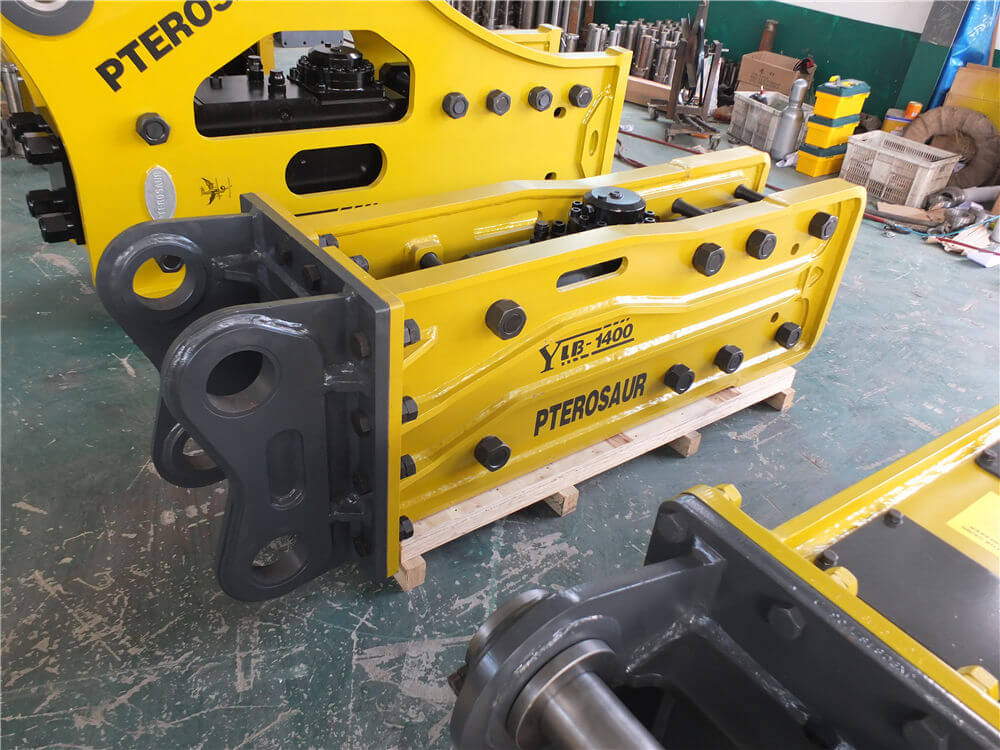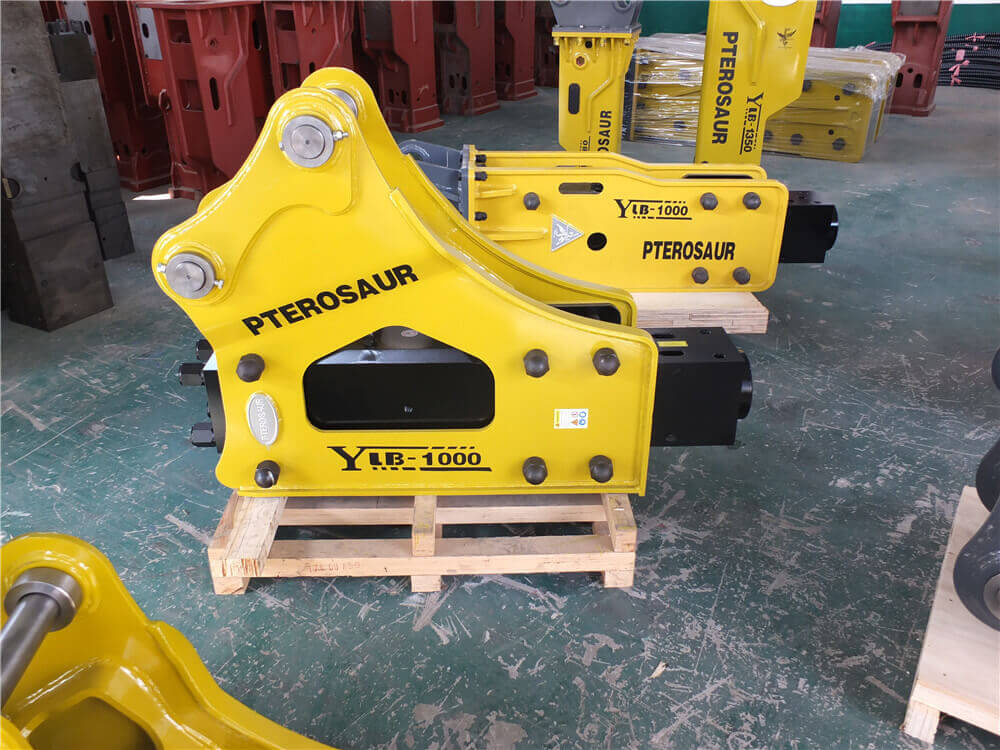Understanding Excavator Breakers: Types, Functions, and Applications
Excavator breakers, also known as hydraulic breakers or hammers, are essential attachments used in various construction and demolition tasks. These powerful tools are mounted on excavators to efficiently break down hard materials such as concrete, stone, and asphalt. This article explores the types, functions, and applications of excavator breakers, providing a comprehensive overview for professionals in the construction industry.
What is an Excavator Breaker?
An excavator breaker is a heavy-duty tool designed to enhance the capabilities of an excavator. It utilizes hydraulic power to deliver strong impacts, allowing users to demolish tough materials with ease. The hydraulic breaker operates through a system that converts hydraulic energy into mechanical energy, resulting in a powerful strike on the material being worked on.
Types of Excavator Breakers
There are various types of hydraulic breakers, each designed for specific applications and material types. The main categories include:
-
Light Breakers: Best suited for smaller tasks and light demolition work, these breakers are typically used in residential projects or minor renovations.
-
Heavy Breakers: Designed for large-scale operations, heavy breakers are used in construction sites requiring extensive demolition or breaking of reinforced concrete structures.
-
Medium Breakers: These are versatile tools that can handle a variety of tasks, striking a balance between light and heavy breakers.
Functions of Excavator Breakers
Excavator breakers serve multiple functions, including:
-
Demolition: They are highly effective in breaking down walls, foundations, and other structures made of concrete or masonry.
-
Material Reduction: Ideal for reducing large chunks of material into manageable sizes for easier transport and disposal.
-
Excavation Preparation: Before excavation, breakers can be used to clear hard surfaces, making it easier for excavators to dig into the ground.
Key Components of an Excavator Breaker
Understanding the components of an excavator breaker is crucial for effective operation and maintenance. The main components include:
-
Control Cabin: This is where the operator controls the breaker, allowing for precise handling and operation.
-
Hydraulic System: The hydraulic system powers the breaker, providing the necessary force to deliver strong impacts.
-
Chisel/Point: The part of the breaker that makes contact with the material, designed to withstand significant wear and tear.
-
Housing: The outer structure that protects the internal components of the breaker from damage and dirt.
Maintenance Tips for Excavator Breakers
Regular maintenance is essential to ensure the longevity and efficiency of hydraulic breakers. Here are some maintenance tips:
-
Lubrication: Regularly lubricate moving parts to prevent excessive wear and tear.
-
Check for Damage: Inspect for any signs of damage, especially on the chisel and housing, and replace parts as necessary.
-
Hydraulic Fluid Levels: Keep an eye on hydraulic fluid levels to ensure optimal performance of the breaker.
-
Interval Maintenance: Follow recommended maintenance schedules for critical components to avoid unexpected breakdowns.
Conclusion
Excavator breakers play a vital role in modern construction and demolition projects. Their ability to break down hard materials efficiently makes them indispensable for professionals in the industry. Understanding the types, functions, and components of these hydraulic tools can enhance their effectiveness and ensure successful project outcomes. Proper maintenance and care will prolong the life of an excavator breaker, making it a valuable asset on any job site.



































